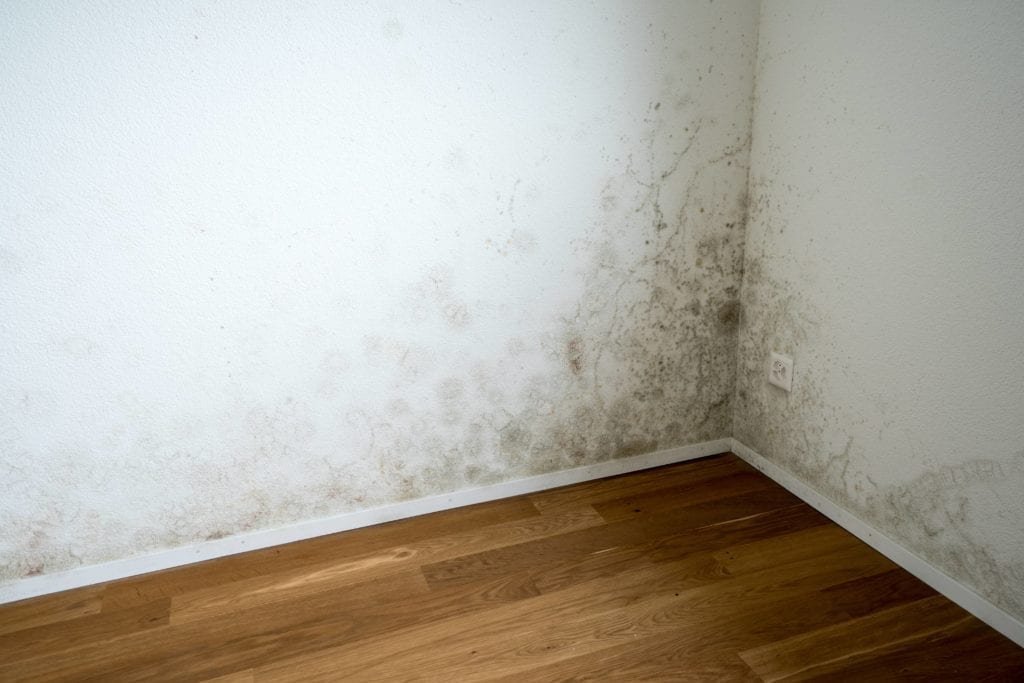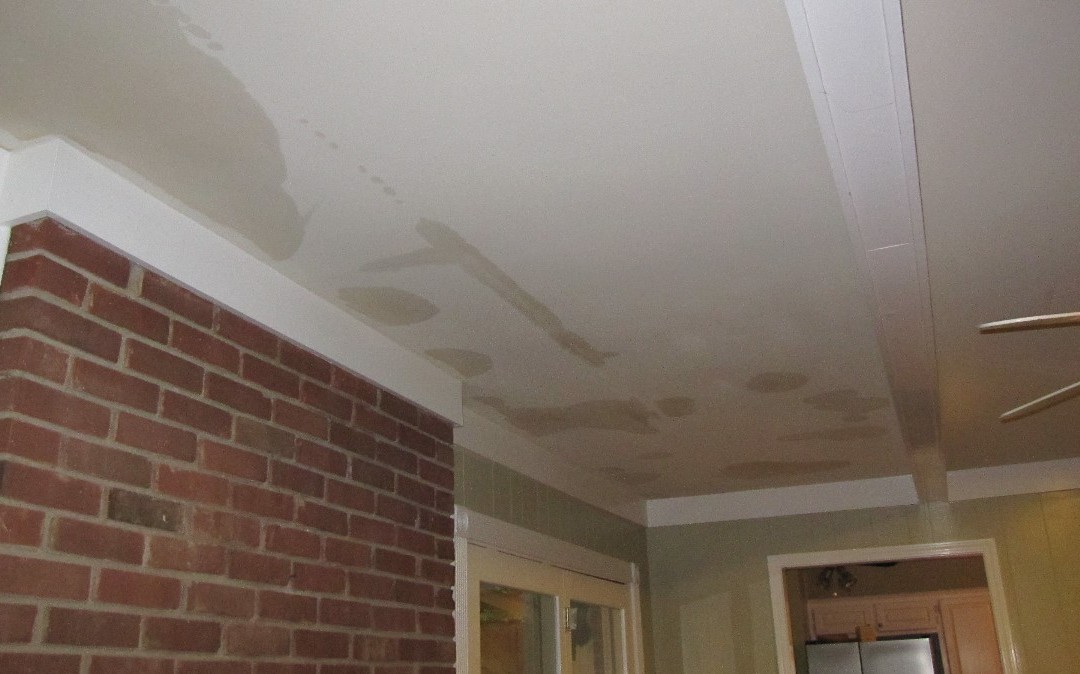Are you trying to find critical info around Water Stains on Walls?

Water discolorations on walls are not pleasurable to the eyes. Your residence ought to lack discolorations on the walls, roofing, or floorings. That is the perfect state of a house and also its structures. Yet, often it appears almost unavoidable to experience water discolorations on walls in homes.
Property owners living in humid areas regularly deal with the anxiety of water spots on wall surfaces. With precise and all-round information on the reasons of water spots and also timely repair procedures, you will always be an action ahead of such events.
3 Typical Sources Of Water Spots on Wall Surfaces
As opposed to common belief, water stains on wall surfaces do not always come from poor building products. There are several causes of water discolorations on walls. These consist of:
Moist
When hot wet air consults with completely dry cold air, it creates water droplets to base on the walls of structures. This happens in bathroom and kitchens when there is vapor from cooking or showers. The water droplets can tarnish the surrounding walls in these parts of your residence and infect other locations.
Damp or condensation impacts the roof as well as wall surfaces of buildings. This creates them to appear darker than various other areas of the house. When the wall surface is wet, it creates an ideal environment for the growth of fungis and microorganisms. These might have damaging effects on health and wellness, such as allergies as well as respiratory system disorders.
Poor Water drainage
This will stop water from permeating into the walls. This links to extreme dampness that you observe on the wall surfaces of your structure.
So, the leading cause of wet walls, in this situation, can be an inadequate water drainage system. It can also be because of bad administration of sewer pipelines that go through the structure.
Pipeline Leaks
Most homes have a network of water pipes within the walls. It always increases the viability of such pipes, as there is little oxygen within the walls.
Yet, a drawback to this is that water leakage affects the walls of the building and creates prevalent damages. An indicator of malfunctioning pipes is the appearance of a water stain on the wall surface.
Pro Pointer
A houseplant in your house likewise enhances its humidity. If the residence is already humid, you may desire to present houseplants with minimal transpiration. An example of ideal houseplants is succulents.
Water Discolorations on Wall: Repair Tips
When dealing with water discolorations, house owners would typically want a fast repair. Yet, they would quickly recognize this is counterproductive as the water discolorations persist. Here are a couple of valuable tips that will certainly direct you in the fixing of water spots on walls:
Conclusion
Although no person wants to have water spots on walls in their residence, it can happen to the most effective of us. This article provides you utilize, as you now understand just how to handle this incident if it does take place.
It is always best to hire specialist services to assist take care of the damages in your home.
Often it appears almost inescapable to experience water discolorations on walls in homes.
In contrast to preferred idea, water stains on walls do not always stem from bad structure products. There are several causes of water spots on wall surfaces. The water beads can stain the surrounding walls in these components of your residence and also spread to other areas.
Right here are a couple of handy tips that will direct you in the repair service of water discolorations on wall surfaces:
CHECKING FOR WATER DAMAGE
Water damage can be costly, and it may begin before you even notice the first signs of trouble. Water damage can cause mold and mildew in your walls and floors, which can create an abundance of health concerns for your family. It can also lead to costly repairs of various appliances and general home fixtures. To avoid the pricey consequences of water damage, here are Warner Service s top 5 places you should check:
The walls The easiest place to spot the beginnings of water damage is on the walls and ceilings of your home. If water damage is present, there will most likely be water stains, especially around the windows and doorframes, and/or cracks in the drywall. If a stain looks unusual (discolored to brown, black or gray, raised texture), has a swollen appearance or is soft to the touch, contact a professional immediately. The pipes To avoid water damage, consistently check the pipes in your kitchen (especially the dishwasher and ice maker), bathrooms, laundry room (specifically washing machines) and basement for corrosion, leaks and water stains. Pay special attention to where the pipes connect in your home and the location of caulking around the bathroom fixtures, including toilets, sinks, showers and tubs. Missing or loose caulking and grout could be signs of leaking water. This seepage can also quickly cause mold and rust, so double check your water heater and tank for wet spots on the floor. The floor Water damage is very easy to spot on the floor. Look for any warping or buckling of the material, especially in the basement. If your home has wood flooring, look for bright white or dark stains. If your home has carpeting, keep it dry and clean. A damp carpet that smells of mold could cause water damage and health problems. To avoid this, consider installing floor pans under your appliances to help prevent damages from small, slow and undetected leaks. The basement and attic If your basement or attic smells odd check for mold and mildew around the area, especially the valley where the roof meets. While you are inspecting those areas, check for wall cracks, floor stains, rust and dampness in the insulation. If you live in a colder and/or rainier climate, perform routine checks for water damage from melting snow or ice and rain. The exterior Check the roof for damaged flashing and missing, cracked or curled shingles. There should also be no standing water anywhere outside your home. This could be caused by puddles, leaky rain gutters or hoses, poor drainage, or short gutter spouts. Invest in a sump pump system or water flow monitoring system, and perform routine maintenance on these outdoor appliances to avoid indoor water damage.

I stumbled upon that content on Indicators of Water Damage Behind Walls while exploring the web. Do you know somebody else who is occupied with Indicators of Water Damage Behind Walls? Be sure promote it. I treasure reading our article about Water Stains on Walls.
Call Today